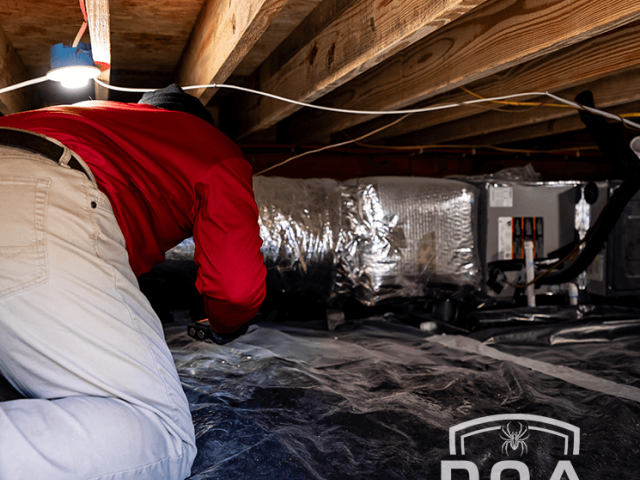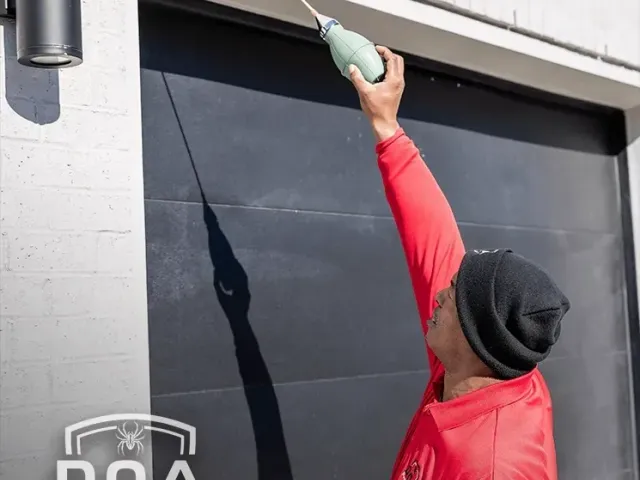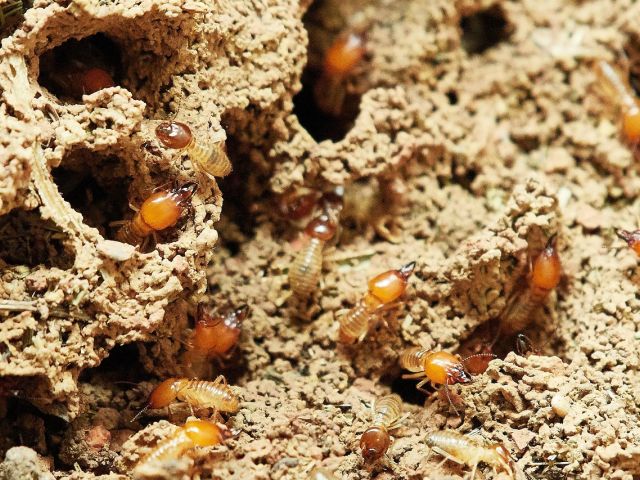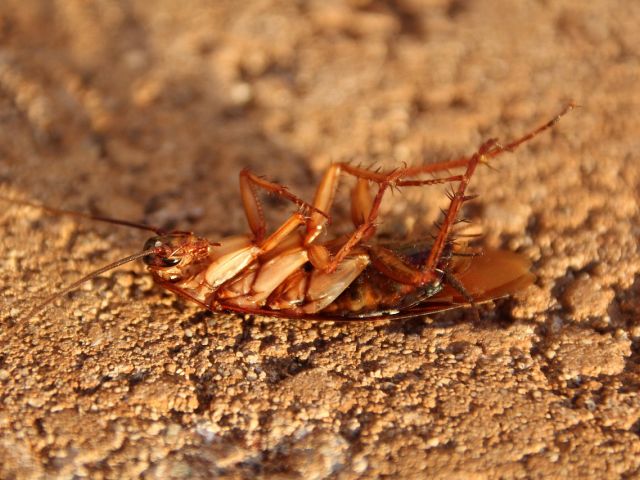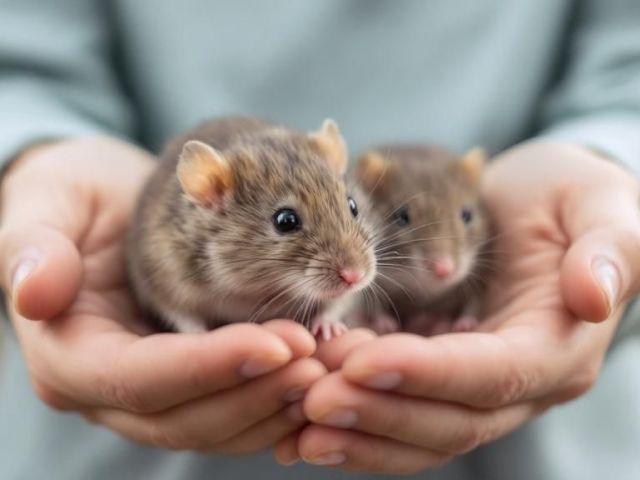Essential Pest Control Tips for Restaurant Owners
Key Takeaways
-
Sanitation and food waste management are critical in deterring pests.
-
Regular inspections help identify issues before they escalate.
-
Staff training improves awareness and proactive response.
-
DIY pest control may fall short in commercial environments.
-
Professional pest services offer safe, tailored solutions.
Why Restaurants Must Prioritize Pest Control
Pest problems can escalate rapidly in a restaurant setting, threatening not only food safety but also your business’s reputation and operational license. Between constant food preparation, foot traffic, and waste buildup, your establishment creates an ideal environment for pests like rodents, cockroaches, flies, and ants.
Pest sightings in a dining area or kitchen can lead to failed inspections, negative reviews, and even forced closures. That’s why restaurant owners need to adopt a proactive approach to pest control that includes prevention, monitoring, and timely professional intervention.
Common Pest Control Challenges in Restaurants
Structural Risks and Entry Points
Even the smallest gaps in doors, walls, or vents can serve as entry points for pests. Rodents, for instance, can squeeze through openings as small as a dime. Weather stripping, sealing cracks, and installing door sweeps are cost-effective ways to secure your premises.
Food Prep and Storage Hazards
Improperly stored ingredients, crumbs under appliances, and grease buildup are all pest magnets. Dry goods should be stored off the floor in airtight containers, and refrigerators and prep stations should be cleaned and sanitized daily. Stock rotation is another overlooked tactic that reduces the chance of pest contamination.
Trash and Waste Management
Overflowing garbage bins and poor grease disposal create an irresistible buffet for pests. Restaurants should:
-
Use trash bins with tight-fitting lids
-
Empty bins frequently, especially at night
-
Schedule regular grease trap cleanouts
-
Maintain clear outdoor dumpster areas
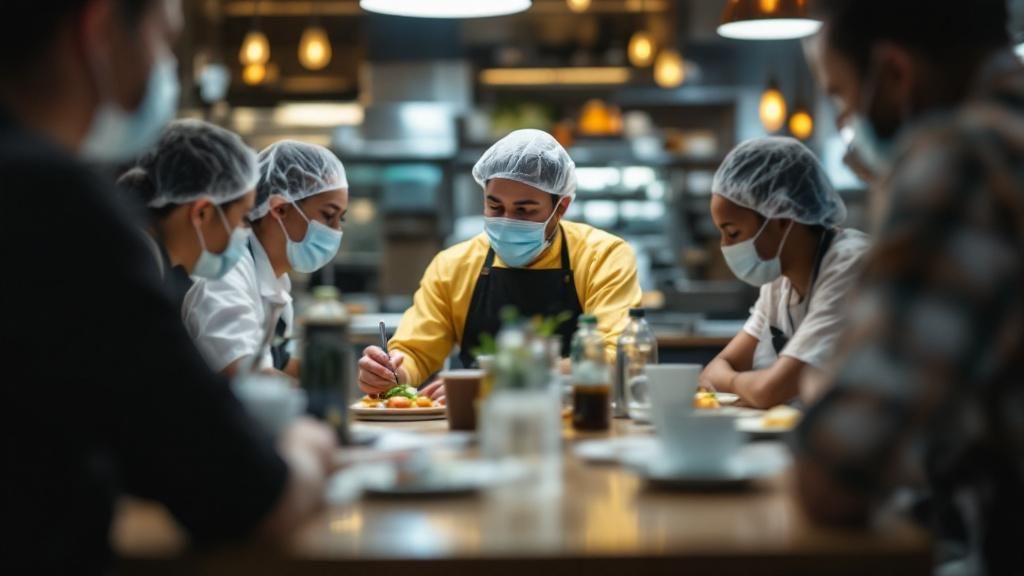
Proactive Solutions Every Restaurant Should Use
Staff Education and Protocols
Educate all kitchen and floor staff on how to:
-
Identify early signs of infestation (droppings, gnaw marks, nests)
-
Report sightings immediately
-
Maintain food-safe sanitation practices
This ensures everyone plays a role in your pest control efforts.
Innovative Technologies
Restaurants are now turning to automated grease systems, fly control LED lighting, and microencapsulated insecticides that offer broad-spectrum control with minimal chemicals. These technologies are particularly useful in high-traffic zones where pests are difficult to manage with traditional sprays or traps.
Integrated Pest Management (IPM)
IPM is a strategy that combines inspection, monitoring, sanitation, and targeted treatments. Many pest control professionals, including companies like DOA Pest Service, use this method to maintain safe and pest-free environments with reduced chemical reliance.
DIY vs. Professional Pest Control in Restaurants
While some restaurant managers attempt DIY pest control using over-the-counter sprays or traps, these solutions are often inadequate for commercial kitchens. Improper application may even worsen the issue or create health hazards.
Why Professional Services Are More Effective:
-
Trained expertise: Professionals understand pest behavior, seasonal patterns, and building vulnerabilities.
-
Safe product use: Commercial-grade solutions are applied safely to avoid food contamination.
-
Ongoing monitoring: Routine visits catch issues early before they turn into full-blown infestations.
-
Documentation: Professionals provide detailed reports, which help with regulatory compliance.
In fact, regular pest service from a reputable provider helps ensure compliance with health codes and fosters trust with your customer base.
The Cost of Ignoring Pest Prevention
A single pest incident can lead to:
-
Health department violations and fines
-
Lawsuits due to foodborne illnesses
-
Public backlash on review sites
-
Declining staff morale and turnover
This makes the investment in professional pest control a business necessity, not a luxury.
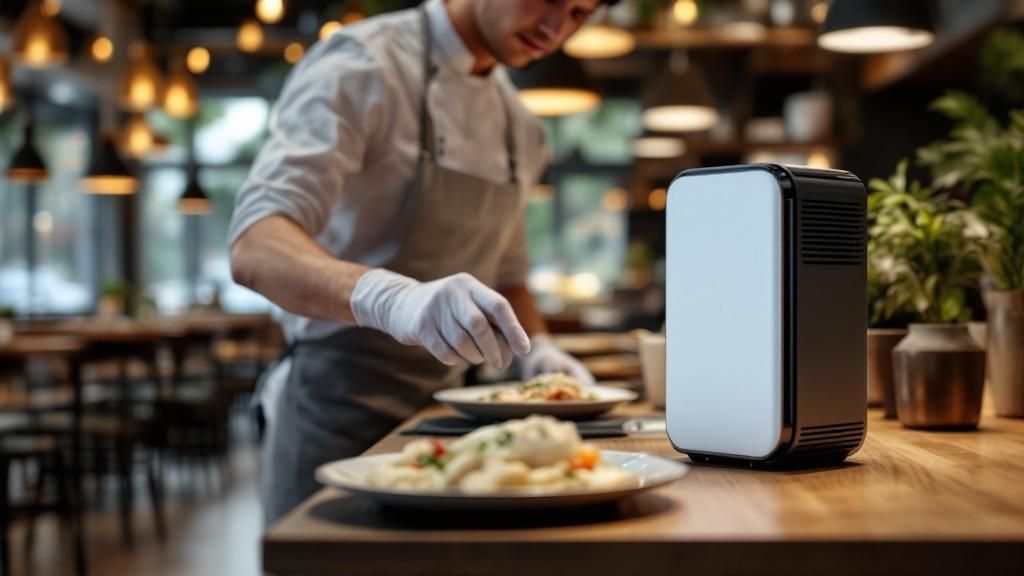
Best Practices Checklist for Restaurant Pest Control
-
Seal all structural cracks and utility entry points
-
Store food off the ground in sealed containers
-
Implement a first-in, first-out (FIFO) inventory system
-
Clean equipment and prep areas after each use
-
Empty trash bins nightly and maintain dumpster hygiene
-
Educate staff on pest signs and protocols
-
Schedule routine inspections and treatments with a licensed pest service
Why Partnering with Experts Matters
Relying on experts allows you to focus on running your restaurant while ensuring that pest-related risks are actively managed behind the scenes. Pest control companies like DOA Pest Service work discreetly and efficiently, offering tailored strategies that align with your hours, layout, and kitchen operations.
With so much at stake, regular visits from trained professionals are essential to protect your restaurant’s reputation, food safety standards, and customer satisfaction.
Frequently Asked Questions
How often should pest control be conducted in a restaurant?
Most establishments benefit from monthly visits. High-risk areas may require more frequent service.
What pests are most common in restaurants?
Rodents, cockroaches, flies, and ants are the usual suspects, all drawn to food, moisture, and warmth.
Are there eco-friendly pest control options for restaurants?
Yes. IPM programs often use low-toxicity methods like exclusion, traps, and targeted treatments that minimize environmental impact.
Can pest control be done without disrupting restaurant operations?
Absolutely. Professional services often schedule visits after hours and use discreet equipment and treatments.
